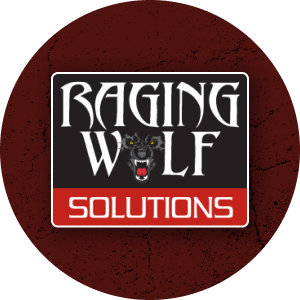The Third-Party Logistics (3PL) industry in the United States is currently experiencing a significant transformation, driven by a surge in mergers and acquisitions (M&A) activity. This trend reflects the industry’s response to the evolving demands of the global supply chain, the push for technological integration, and the need for enhanced operational efficiency. Companies within the 3PL sector are increasingly recognizing the value of expanding their service offerings, entering new markets, and consolidating their market presence to stay competitive. This strategy is not only about growing in size but also about enhancing capabilities, reaching new customer segments, and leveraging technology for better logistics solutions.
The rationale behind this wave of M&A is multifaceted. For one, as the e-commerce sector continues to grow, the demand for sophisticated logistics and distribution services is on the rise. This has prompted many 3PL providers to acquire firms with specialized capabilities, such as last-mile delivery, reverse logistics, or tech-driven supply chain management solutions, to offer a more comprehensive service portfolio. Furthermore, entering new geographic markets through acquisitions allows companies to quickly establish a presence in regions where organic growth might take considerably longer, providing immediate access to new customer bases and supply chain networks.
Moreover, strategic partnerships and collaborations are becoming crucial for 3PL providers aiming to navigate the complexities of the modern supply chain. These alliances often bring together complementary strengths, enabling companies to offer more integrated and seamless services to their clients. In the face of increasing competition, regulatory challenges, and the ongoing need for digital transformation, mergers and acquisitions serve as a vital tool for 3PL companies to secure a competitive edge, achieve economies of scale, and better meet the changing needs of shippers and retailers worldwide. As this trend continues, the landscape of the 3PL industry in the U.S. is set to evolve, potentially leading to a smaller number of larger, more diversified players.


